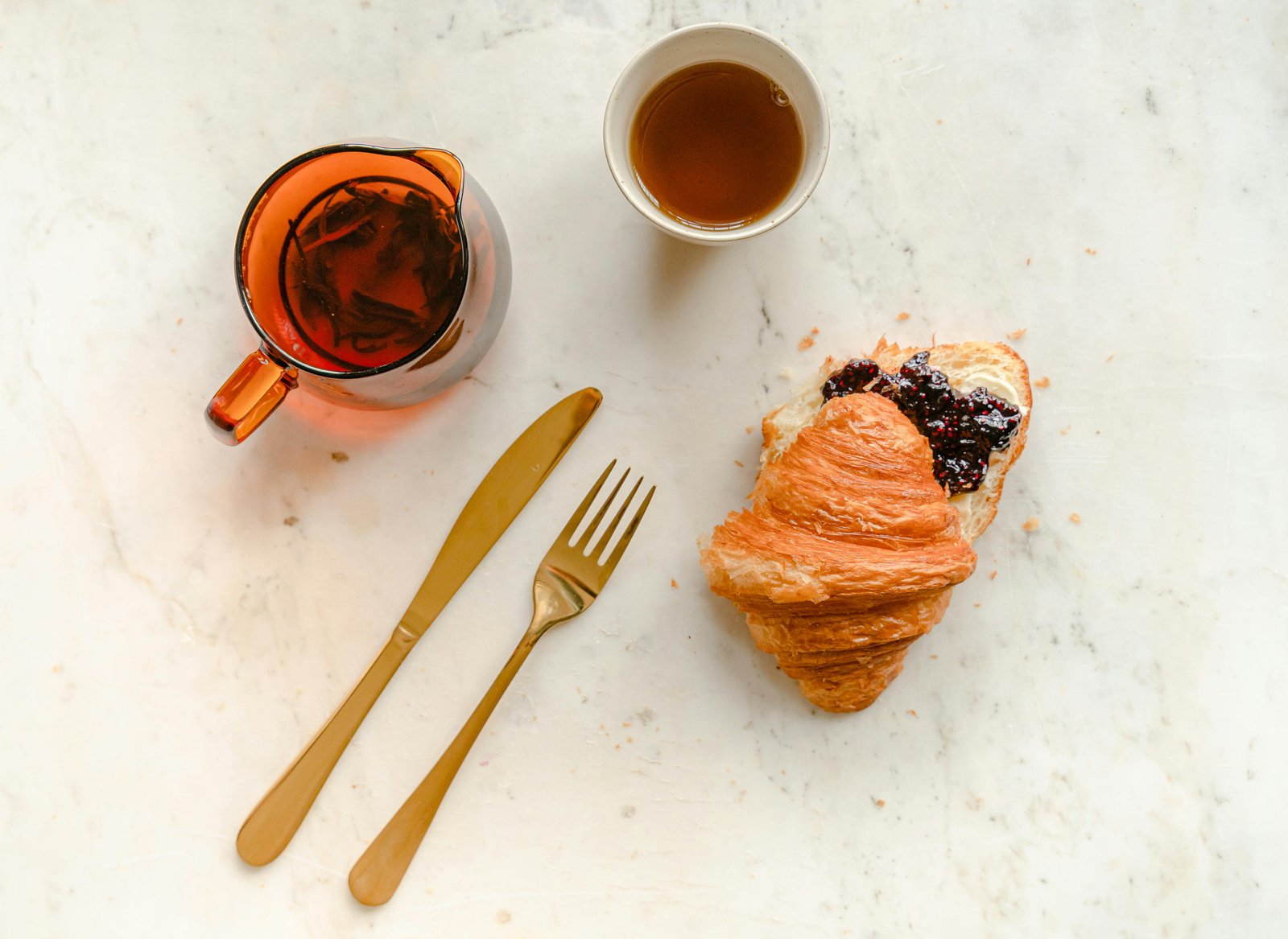No products in the cart.

The Story Behind Orange Pekoe
What exactly is Orange Pekoe?
Orange Pekoe, in the realm of black tea, is a distinguished classification rooted in the origin of the tea-leaf. This particular classification hinges on the essential criterion that the tea must exclusively consist of tender new flushes, defined as the leaf bud plucked alongside the two youngest leaves. Any deviation from this precise composition results in teas of inferior quality. In essence, the term "Orange Pekoe" denotes a grade of black tea distinguished by the leaf's size and its specific placement on the tea plant.
Orange Pekoe Tea: A Regal Elixir Named in Honor of Royalty?
The origin of the term "Orange Pekoe Tea" is believed to be traced back to a fascinating historical interaction between Dutch traders and Chinese merchants. During a time when trade routes were filled with exotic goods, Dutch traders sought after the prized pekoe, or baihao, tea produced by Chinese cultivators. This particular tea, known for its delicate and flavorful leaves, was highly sought after, and the Dutch traders spared no expense in acquiring it.
Legend has it that, after procuring a significant quantity of pekoe tea, these Dutch traders decided to present a chest of this precious commodity to the Orange household, possibly as a gesture of goodwill or perhaps in the hope of currying favor with the royal family. In a symbolic nod to the distinguished recipients, the traders then bestowed upon this rare and exceptional tea the name "Orange Pekoe Tea," linking it directly to the esteemed Orange lineage.
This historical anecdote not only adds a touch of intrigue to the etymology of "Orange Pekoe" but also highlights the cultural intersections and trade dynamics that characterized the global exchange of goods during that period. The naming of the tea in honor of the Orange family not only reflected a gesture of appreciation but also contributed to the enduring legacy of this distinguished tea classification.
Decoding Tea Grades: What Do All Those Letters Mean?
Orange Pekoe, although considered the lowest grade among loose-leaf black teas, signifies a noteworthy standard of quality. The designation denotes that the tea comprises whole loose leaves, distinguishing it from the remnants and fragments found in teas of higher grades. Identified by the abbreviation OP, Orange Pekoe serves as an encompassing term that includes superior grades of tea. These classifications for whole leaf teas encompass:
OP: Orange Pekoe
FOP: Flowery Orange Pekoe
GFOP: Golden Flowery Orange Pekoe
TGFOP: Tippy Golden Flowery Orange Pekoe
FTGFOP: Finest Tippy Golden Flowery Orange Pekoe
An analogous grading system applies to broken-leaf teas of high quality:
BP: Broken Pekoe
FP: Flowery Pekoe
FBOP: Flowery Broken Orange Pekoe
GBOP: Golden Broken Orange Pekoe
GFBOP: Golden Flowery Broken Orange Pekoe
TGFBOP: Tippy Golden Flowery Broken Orange Pekoe
In addition to these grades for whole and broken leaf teas, tea dust and fanning receive distinct classifications based on size and origin. Mainly utilized in commercially produced teabags, these lower-quality components lack the nuanced flavors found in loose-leaf tea.
The alphabet soup of letters in tea grading serves as a guide to understanding various characteristics. Generally, Orange Pekoe or OP implies loose-leaf tea of medium to high quality. The addition of a B signifies broken leaves, resulting in a more robust flavor. F denotes a flowery quality, indicative of higher-grade tea that may include buds. When placed at the beginning, F may also denote the finest quality. G stands for a golden appearance, indicating a higher ratio of golden-hued buds. T signifies tippy, denoting the use of the finest tips and buds from the tea plant.

